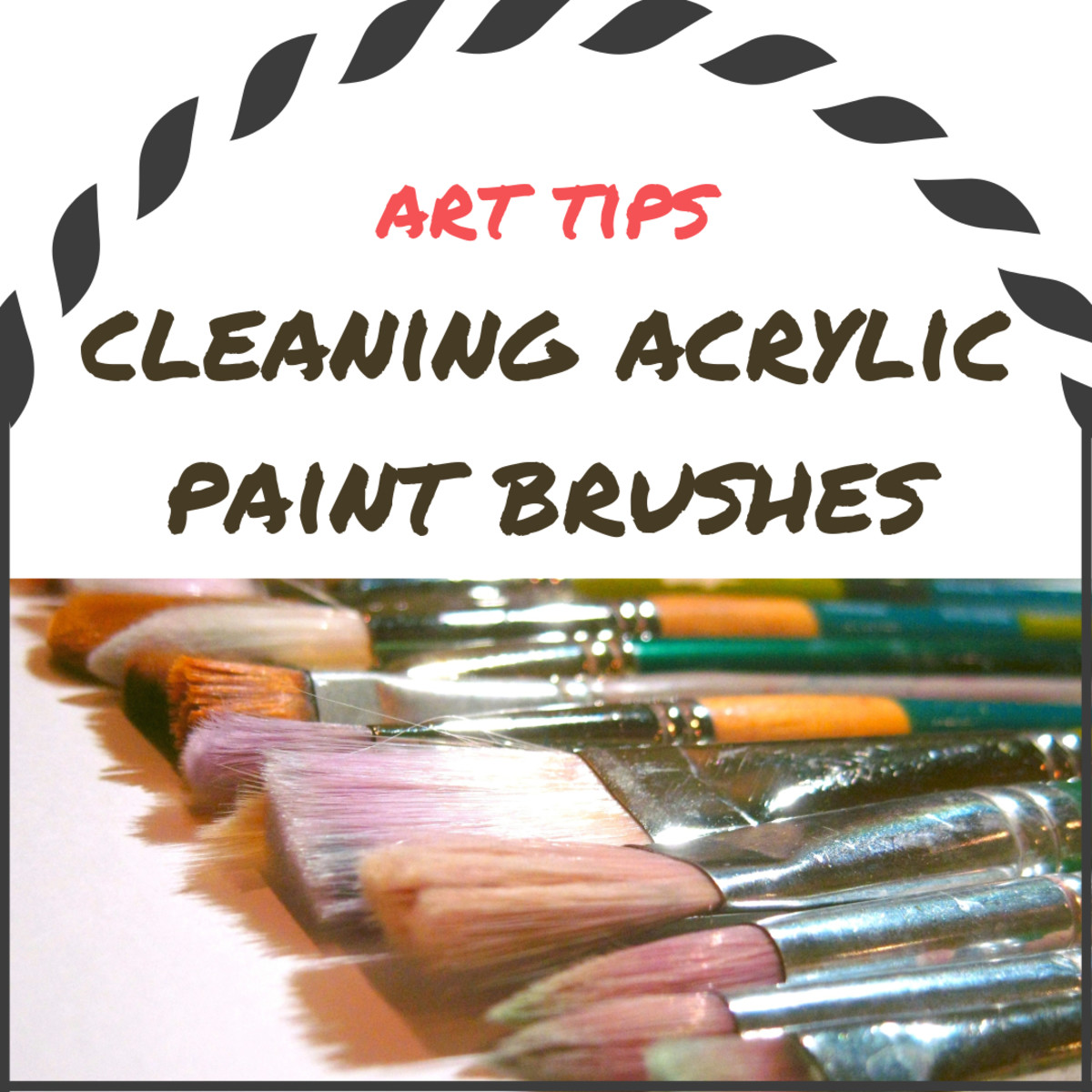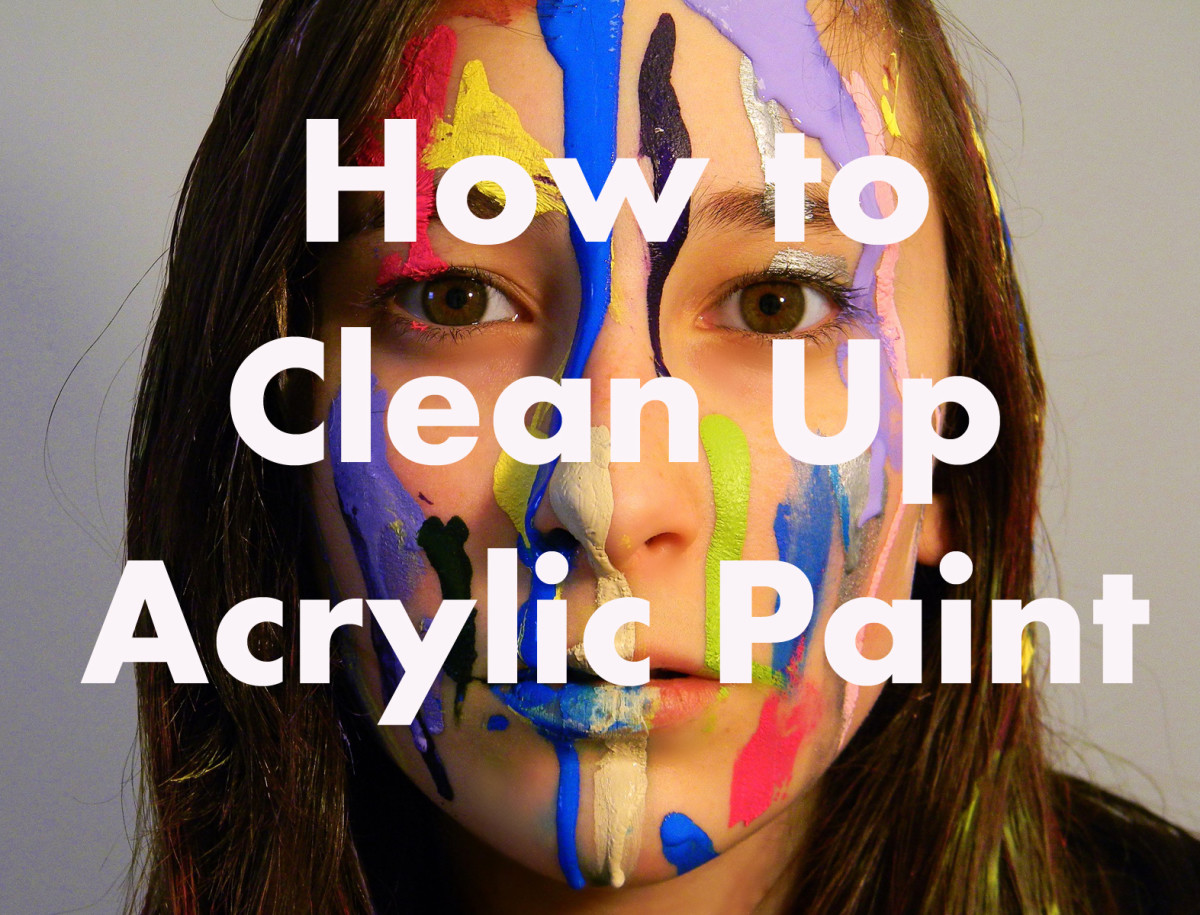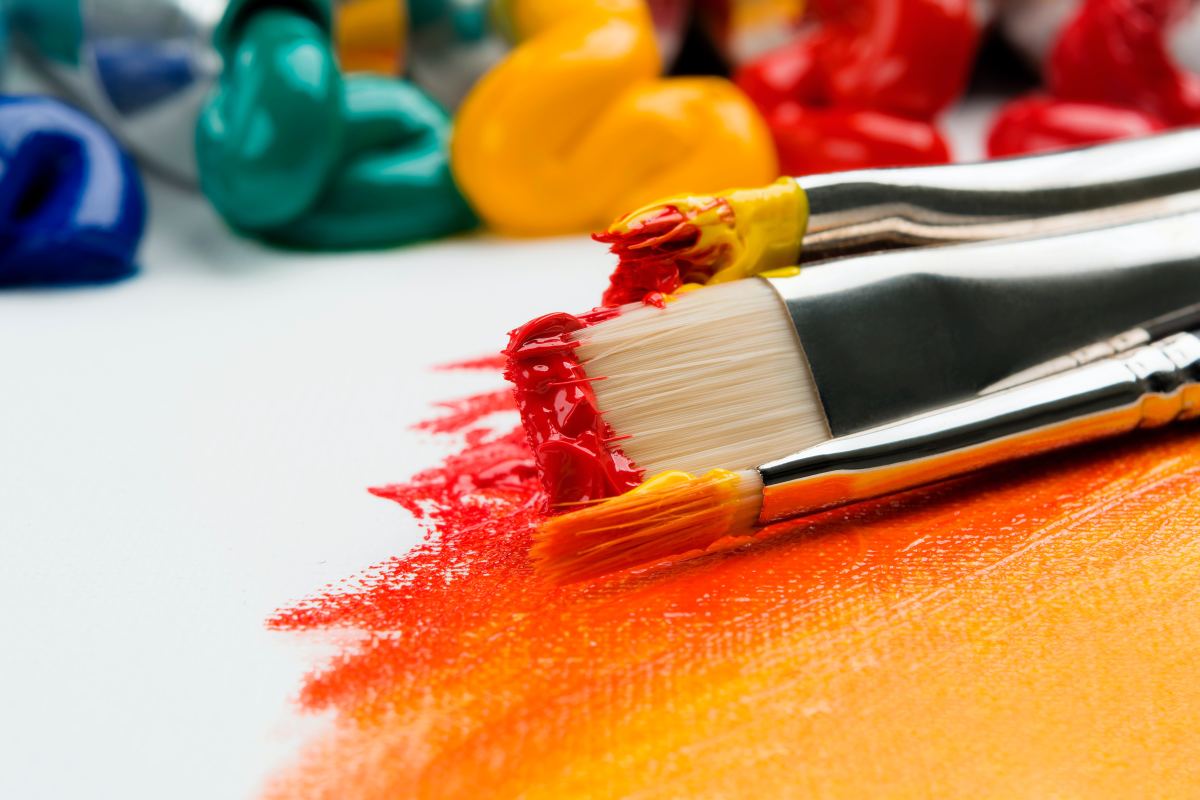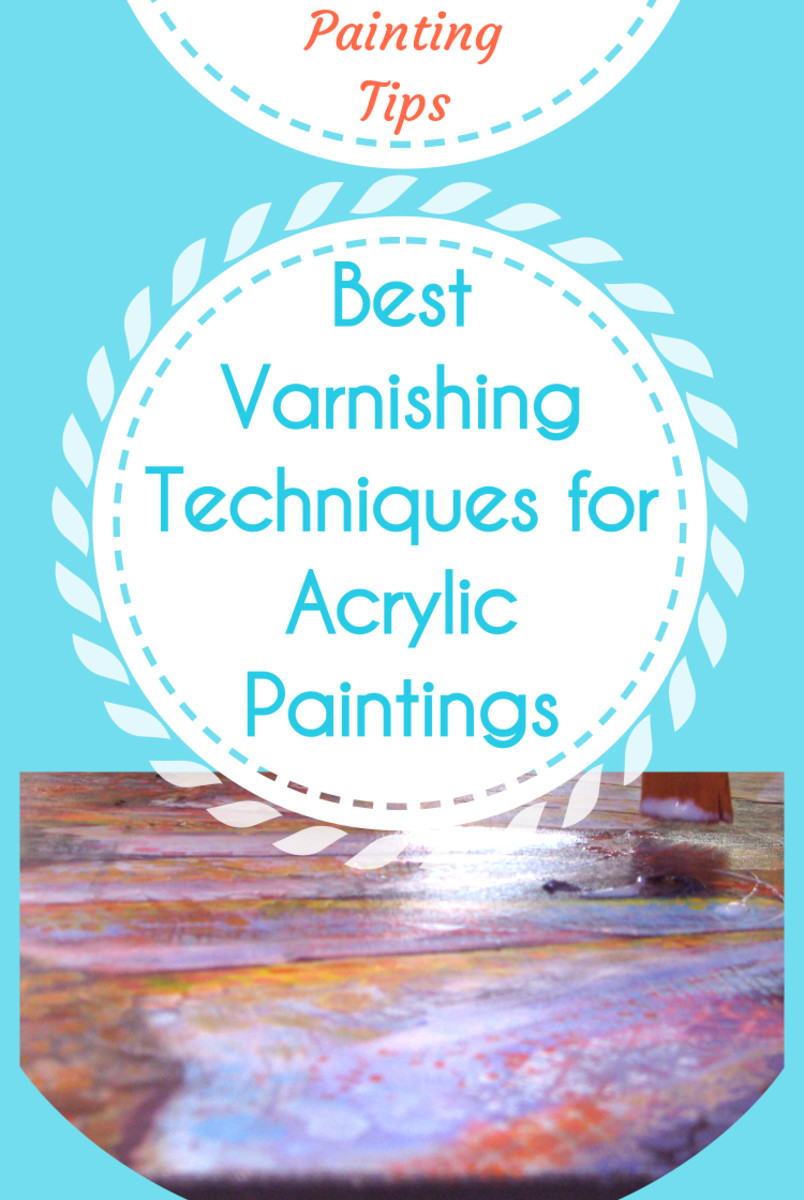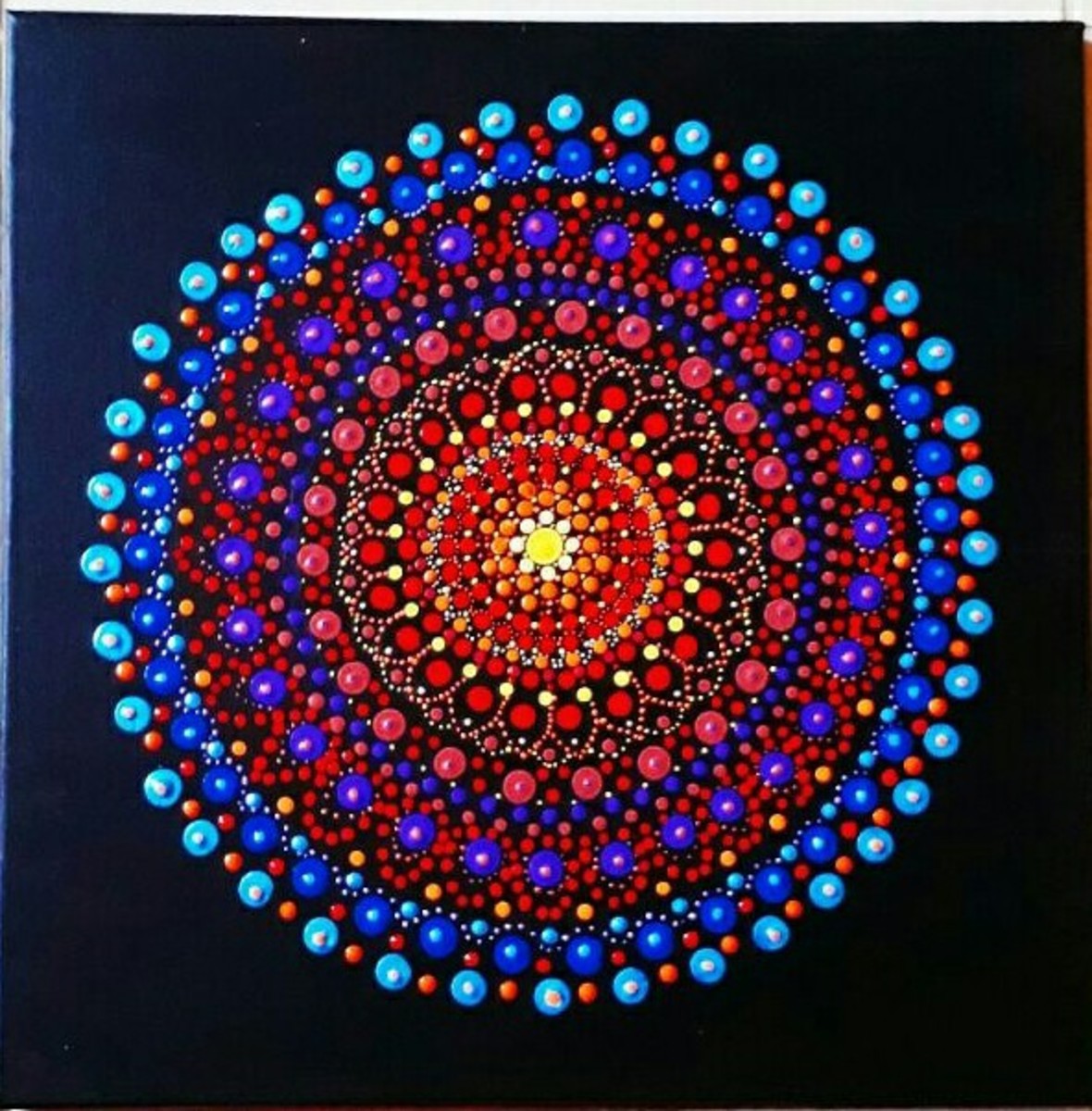A Primer on Acrylic Paint
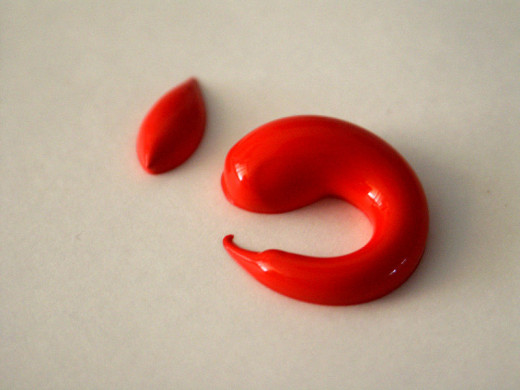
Intro
Before discussing acrylic paint, it is important to understand some of the fundamental material and chemical properties of plastics and paint.
Important Terminology:
- Emulsion:
-Fine mixture of normally immiscible (not soluble) liquids that nearly constitutes a solution. For example, balsamic vinaigrette is an emulsion since oil and balsamic vinegar are not fully soluble in each other -- instead they mix into one another.
- Monomer:
-One molecule of a polymer; a polymer is a string of repeating molecules. These are normally organic molecules containing carbon. You can easily imagine a monomer as one unit of a polymer.
- Surfactants:
-Reduce surface tension. Generally they are made of a hydrophobic (water-repelling) tail and a hydrophilic (water-attracting) head which allows hydrophilic and hydrophobic liquids to emulsify (or make an emulsion). This, in fact is how soap works to "dissolves" grease in water.
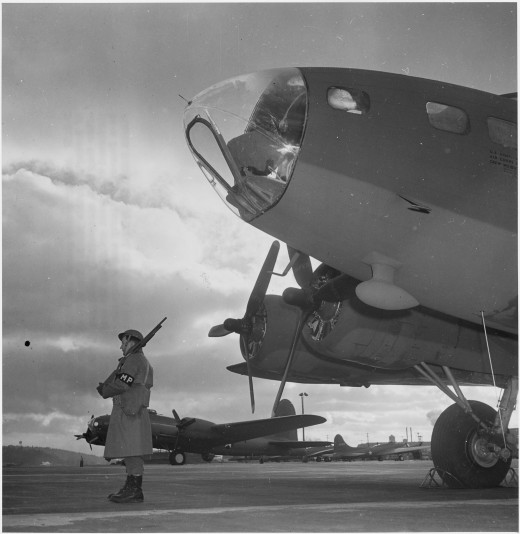
History
Plexiglas was used during WWII as a shatter-proof glass substitute, and was patented by Rohm and Haas Company, a plastics producer. After the war, Plexiglas wasn’t as popular, so Rohm and Haas turned to acrylic, another durable plastic.
Acrylic emulsion polymer -- acrylic, for short -- is a type of plastic that can be made transparent and has ideal heat resistance, fracture resistance, and elastic properties that make it a good substitute for glass, when appropriate.
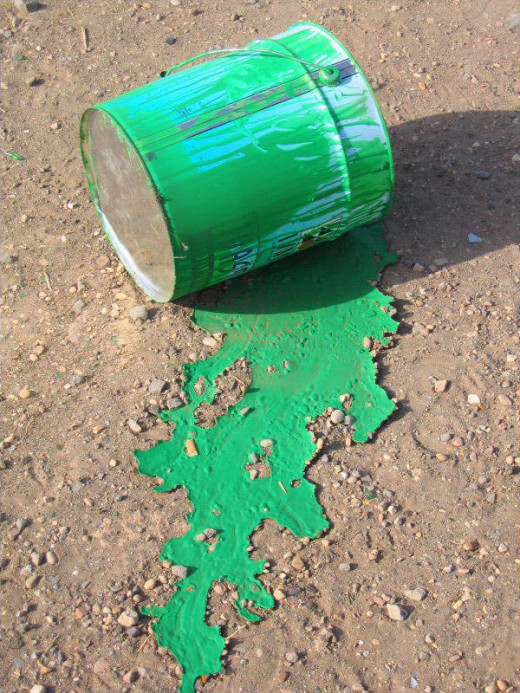
Acrylic-based paint was first developed in the early 1930s. At this time, the formula was completely different: acrylic paint was hydrophobic, and soluble only in organic solvents. This paint was highly toxic, and only developed for research purposes. Next, researchers developed acrylic-latex house paint, which utilized emulsion technology to create a more workable substitute to available oil-based house paints. Acrylic paint as we know it today was not in use until the mid-1950s (exact date is debatable), and has seen even further development since. The first artists’ acrylic paints contained acrylic resin and pigment emulsified with solvents, while contemporary acrylic paints are emulsified with surfactants.
What is Acrylic Emulsification? How is Acrylic Paint Made?
Surfactants are used to create a water and monomer emulsion. Varying chemical techniques (more popular is the free radical technique) break the monomers leaving dangling carbon bonds – this leaves the emulsion translucent to opaque. The broken monomers can now combine to form polymers that are attached to the surfactants. Finely ground pigment is then suspended evenly in the emulsion, which give it is color. Craft paints have about 5% pigment, student have 10%, and professional/artist quality have 70-90%, which is why they are more expensive (aside from more ideal emulsions with better drying quality, etc.). While the paint is drying, the polymers try to bond and squeeze around the pigment, leaving it in the mixture. While water is still in the emulsion, more water can be added to thin the paint, but once dry, the polymers stick together and form a hydrophobic material (acrylic polymer).
This video explaining emulsion should help formulate a vision of the cryptic emulsion process.
You can also buy mediums for paint. There are mediums which change the paint's consistency, drying time, sheen, workability, liquidity, and finish (including special effect finishes like crackling, bubbling, and iridescence). All of these mediums change the emulsion properties of the paint.
Disadvantages of Acrylic as a Paint:
There is still debate about the surfactants. Once full polymerization occurs – what happens to the surfactants? Migrating surfactants are most commonly used, which float to the top and create a film. Varnish is applied to seal these surfactants, so that they cannot attract moisture and dirt, and add extra layer effects. Since acrylic paints are so relatively new, it is not known how long they will last on canvas -- or any other material, to be general.
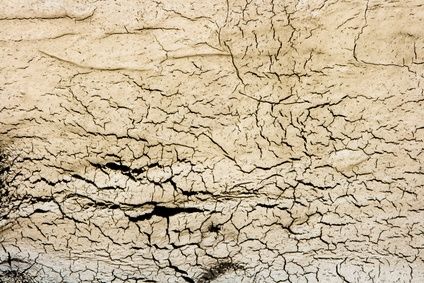
Advantages of Acrylic vs. Oil Paint:
While one major disadvantage of acrylic emulsion paint is its rapid drying time, oil paint may take many months to fully dry. In both paints, media are readily available to improve or optimize drying times.
Acrylic emulsion is water based, making cleaning, color mixing, and thinning much easier and safer than with oil paints, which require mineral spirits, turpentine, or paint thinner (or substitutes of these, e.g. turpenoid) to achieve the same outcomes.
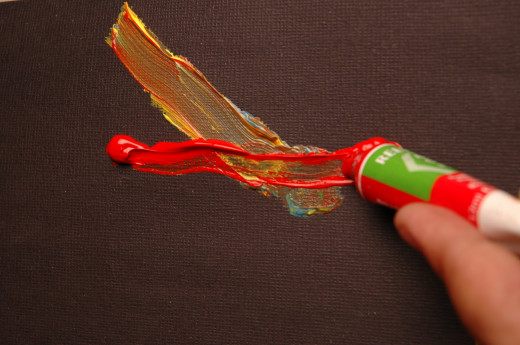
Which do you prefer?
While oil paints arguably provide better color refraction qualities and a wider range of natural pigments, acrylic paints are less permanent and don’t require thoughtful painting techniques such as the “fat over lean” rule for oil painting.

